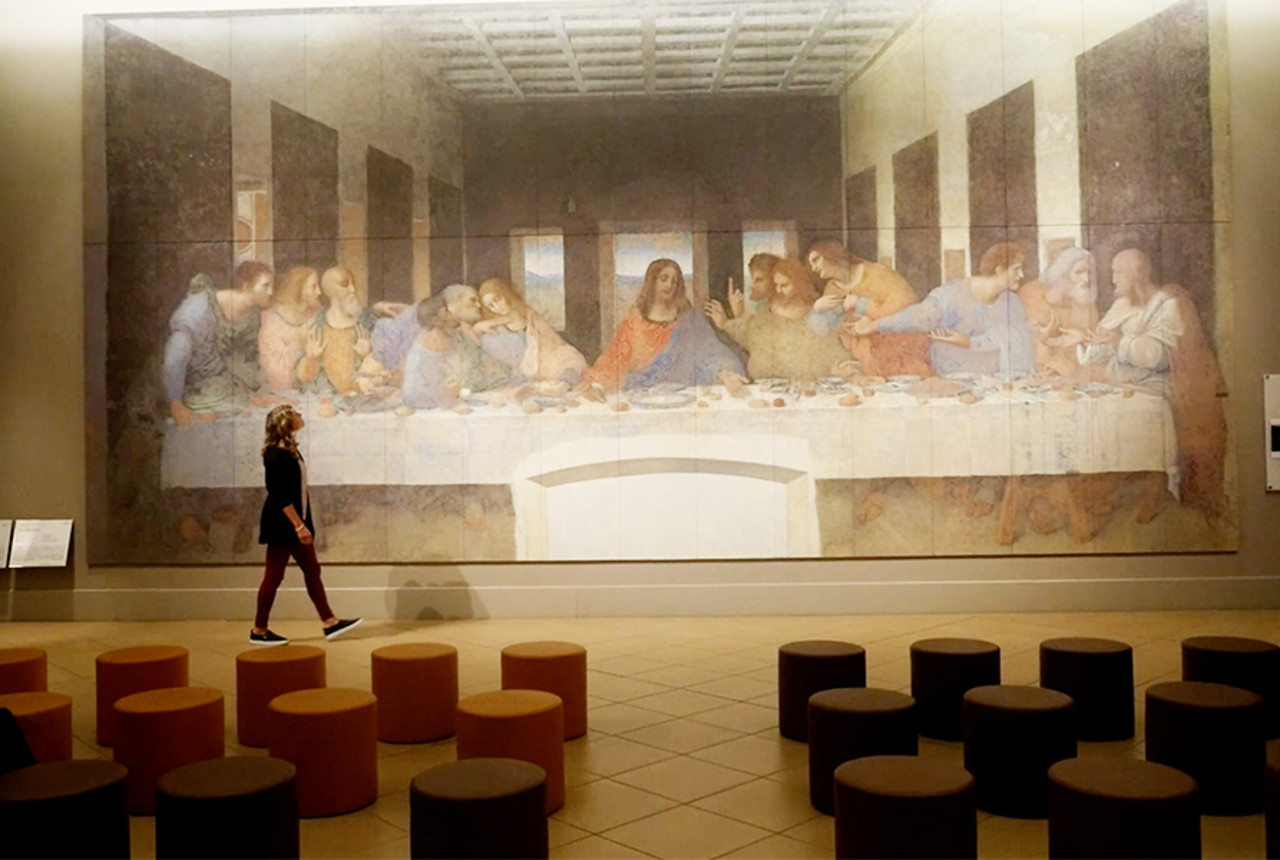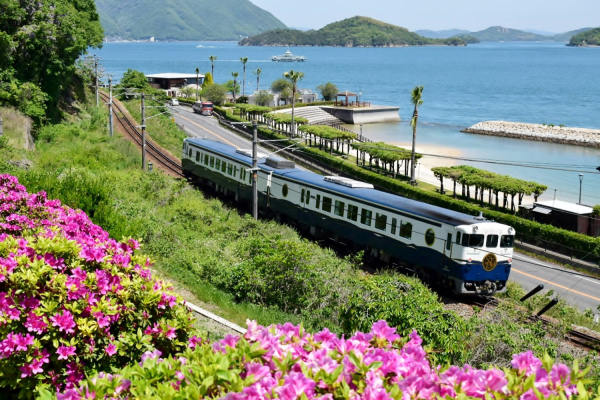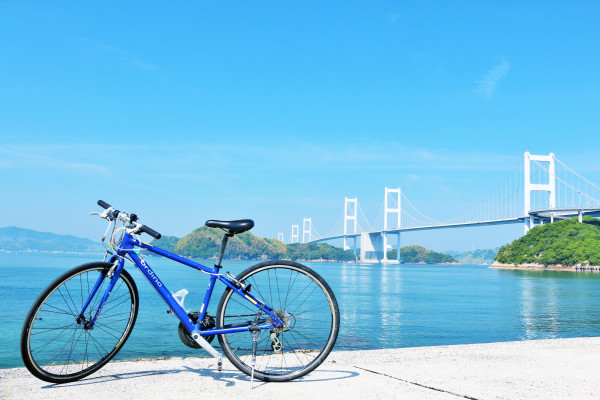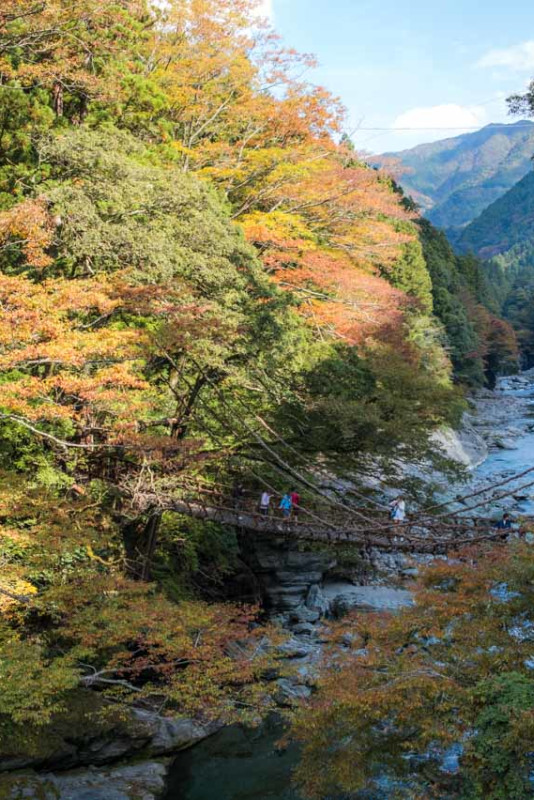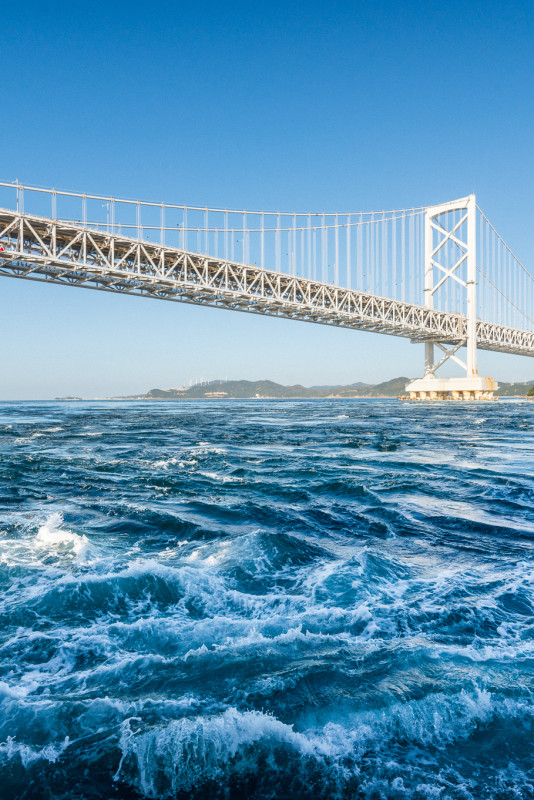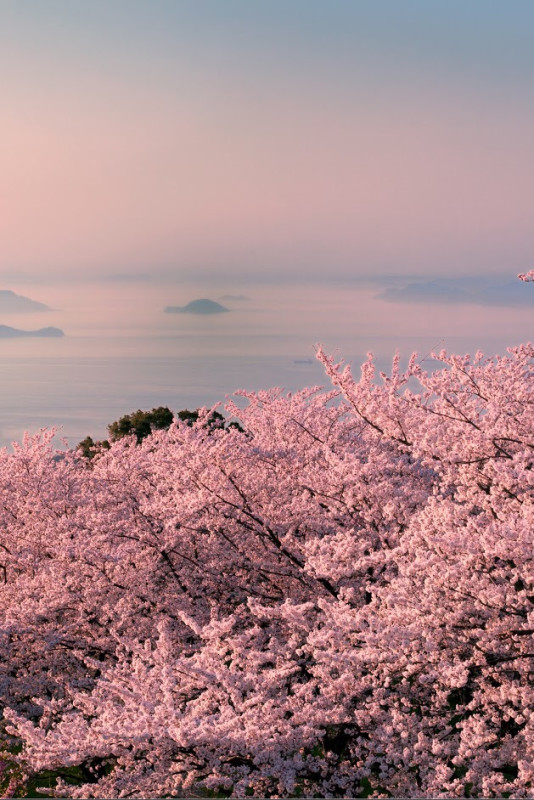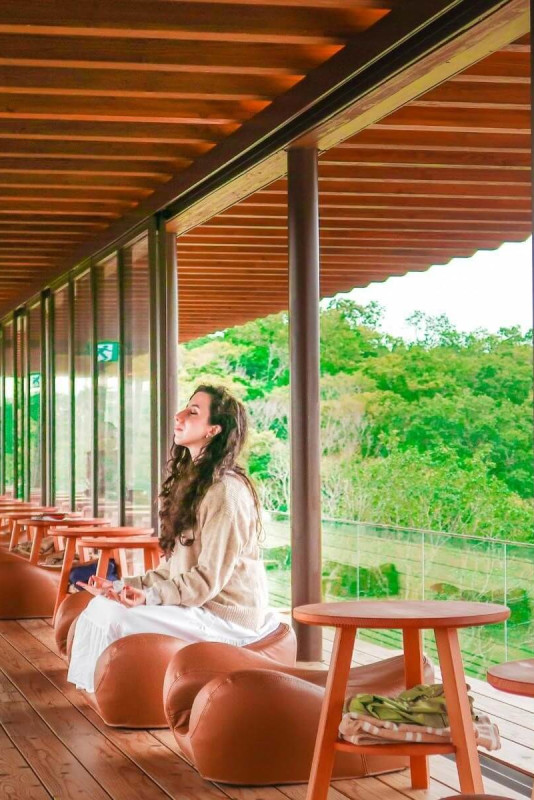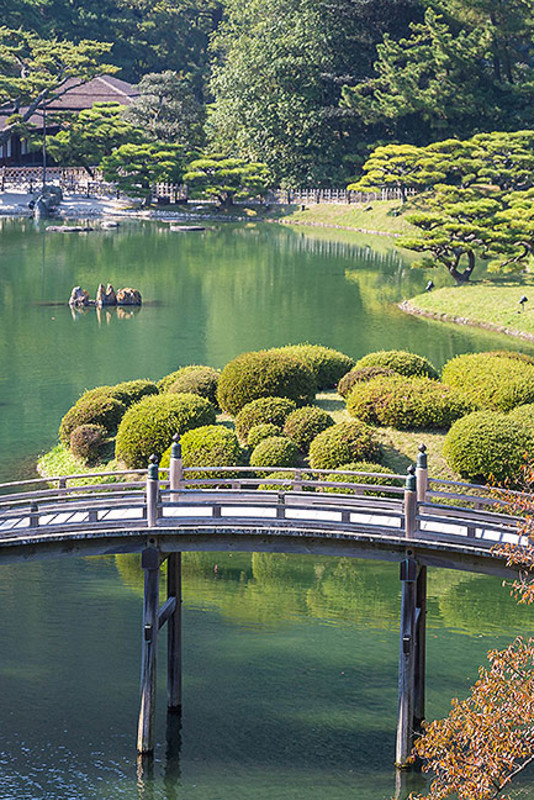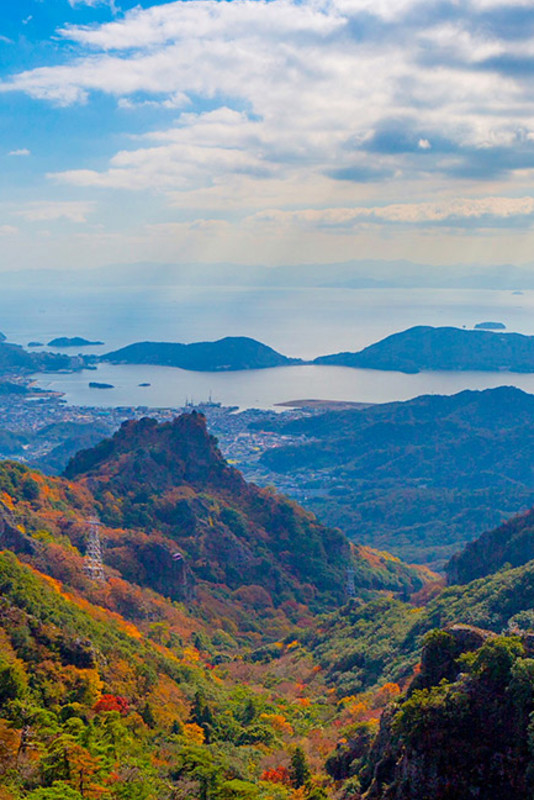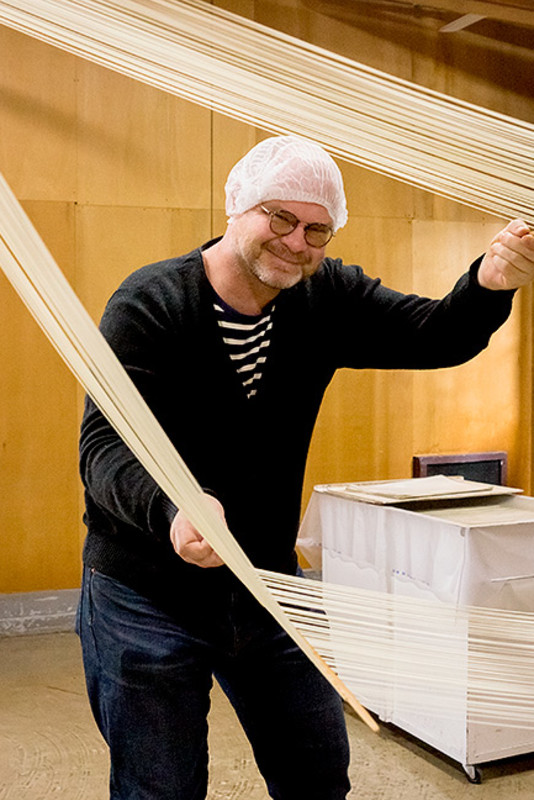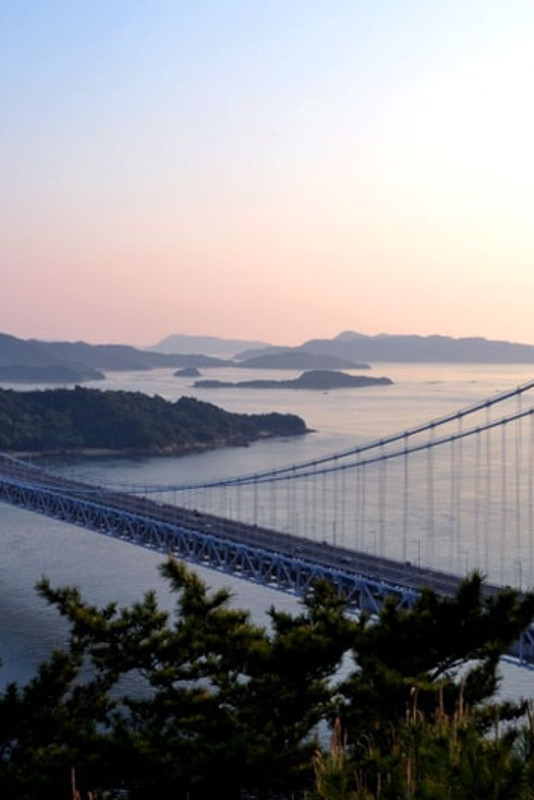Itineraries
The Setouchi Central Route With Travel Blogger Kelley Ferro
Highlights
Before & After
When heading to Oboke Gorge and Iya Valley it’s easiest to travel by car. Rental car services are available close to Tokushima JR Station, or alternatively you can also go by taxi from the Oboke JR Station.
From the city of Tokushima you can travel by JR train to Okayama and then transfer to the Shinkansen. There are numerous bus services traveling directly to Osaka and Kobe. Tokushima airport is also close, and a convenient way to quickly travel to major destinations.

Join high profile travel blogger Kelley Ferro as she discovers the rich culture, amazing nature, and pure fun awaiting on Shikoku island, the center of Setouchi.
- Day 1
- Tokushima
A journey into the traditional Japanese countryside in Oboke Gorge and the Iya Valley
The Iya Valley in Tokushima, a V-shaped gorge stretching for 10 kilometers between rugged mountains, lies dotted with tiny communities seemingly forgotten by time. Stop by the hamlet of Ochiai, positioned at the base of a lush 390 meter high mountain, where pre-modern houses punctuated terraced rice fields, and discover a postcard picture waiting to be taken. Feeling hungry? Try the traditional Iya-soba noodles served alongside genuine country-style gourmet freshly made with local ingredients. For a different perspective of the valley, take a pleasure cruise along the Oboke-kyo Gorge. The 30 minute ride over crystal-clear water gives you close up views of ancient rock faces carved with artistic mastery by the elements alone. Rise above the river to cross the steep valley by traditional Kazura bridges. First built 800 years ago, the narrow bridges could be collapsed with a sword blow to thwart invaders, and played and a crucial role in the storied battles between samurai clans. Crossing these bridges by gingerly stepping from one narrow wooden plank to the next will test your courage, but not half so much as looking down while in the process.
- Day 2
- Ehime-Kagawa
Dogo Onsen Honkan
With its distinctive Edo architecture, the Dogo Onsen Honkan stands as an iconic bathhouse in the popular hot spring town of Dogo Onsen. With a 1000 year history, it’s reputed to be Japan’s oldest hot spring bath, and the first Onsen bathhouse registered as a site of National Cultural Importance, and even caught the attention of the Michelin Green Guide with a 3 Star rating. As far as Japanese hot spring bathing goes, it doesn’t get any better than this. With multiple bathing courses available, you can choose between two types of healing water, Kami-no-Yu (Bath of God) and Tama-no-Yu (Bath of Sprit) — names that set the bar high, but don’t disappoint. You can even take a tour of the Imperial Family bathing room, assuming you can drag yourself away from your own glorious bath.
The Nakano Udon School (Udon)
With an extraordinary abundance of noodle shops, Kagawa prefecture forms the heartland of Japan’s revered white flour Udon noodles. If you have a hankering to know more about this delicious noodle, or would like to try your hand at making some, then you can’t pass up the Nakano Udon School. Over the course of 60 to 90 minutes, you can experience softening up the dough with your feet, kneading it by hand, and then hand-cutting the noodles, all done in an energetic and fun workshop. Do all this and you earn yourself a diploma wrapped up with a rolling pin. And as a bonus you even get to eat the fruits of your labor in the adjoining cafeteria.
Ritsurin Garden
While visiting Kagawa Prefecture, lovers of plants and scenic beauty simply must visit Ritsurin Garden, the largest, and one of the most stunning, Japanese gardens in the country. Construction of this carefully orchestrated masterpiece of nature started in 1625, and took more than a hundred years to reach its full glory. With 1400 intricately manicured pine trees, an abundance of cherry trees, plum trees, camellias, and more, all arranged with an artist’s eye, the strong visual impact and seasonally diverse allure of Ritsurin provide a magnificent experience year round. The large lakes, tiny islands, and artificial hills increase the sense of distance and visual diversity of the garden, while the forested lookout backing the garden further enhance the scale and serenity of the scene. Whether strolling the winding paths, taking a traditional boat ride, or experiencing a traditional Japanese teahouse, spending even half a day in this manicured masterpiece will lift your spirits and rejuvenate your soul.
- Day 3
- Tokushima
Otsuka Museum of Art
Imagine going to an art venue where you can see over a 1000 masterpieces by the world’s most celebrated artists. Impossible you might think. But believe it or not, the Otsuka Museum in Awajishima’s Naruto Park provides exactly that. Within the walls of their nearly 30,000 square meter exhibition space you can see the best of Van Gogh, Rembrandt, Vermeer, and many many more. There’s even Leonardo da Vinci’s “The Last Supper” as it appears on the ceiling at Milan’s Convent of Santa Maria delle Grazie’s. Of course none of these works are the originals, but rather high quality replicas using the latest technologies to print directly onto ceramic boards at their original dimensions. Regardless of authenticity, what Otsuka Museum offers is an entire art education in one building. With a restaurant, cafe, and museum shop on site, you’ll find everything you need to keep the art lover inside you more than satisfied.
Whirlpool sightseeing boat
Interested in getting up close and personal with a phenomenon of nature? Then a visit to the whirlpools of the Naruto Straits will suit you perfectly. Beneath the Onaruto Bridge connecting Tokushima and Awaji-island churn some of the world’s largest naturally occurring whirlpools, sometimes reaching a diameter of 30 meters when tidal flows prove favorable. Regular sightseeing boats depart from either shore, making it easy to get mere meters away from this swirling water. What could be better? Possibly the sightseeing boat AQUA EDDY, with its underwater observation room set a meter below the the surface. From this perspective, you’ll not only getting close to the whirlpool, you actually get inside it — something to tell your friends about for sure.
Isso (Indigo Dye Workshop)
The rich color gained from dyeing with indigo, commonly known as “JAPAN BLUE,” remains deeply woven into the fabric of Japanese culture. And nowhere proves the fact better than Tokushima, the purported origin of indigo dyeing in Japan — and coincidentally, the greatest producer of Sukumo, the essential ingredient of this distinctive color. Intrigued? Then you simply must visit “ISSO” a Indigo dyeing Atelier in Tokushima that preserves traditional dyeing methods, and uses only natural materials. Every Sunday you can participate in an indigo dyeing workshop for a hands-on experience with the methods and high-grade natural dyes used by the artists of ISSO. There are options to dye handkerchiefs, scarves, or a table runners, or alternatively you can bring along your own materials and imbue it with that distinctive JAPAN BLUE look.
Video and Photographs by Kelley Ferro Productions
https://www.kelleyferro.com/top-5-adventures-in-setouchi-japan/

























